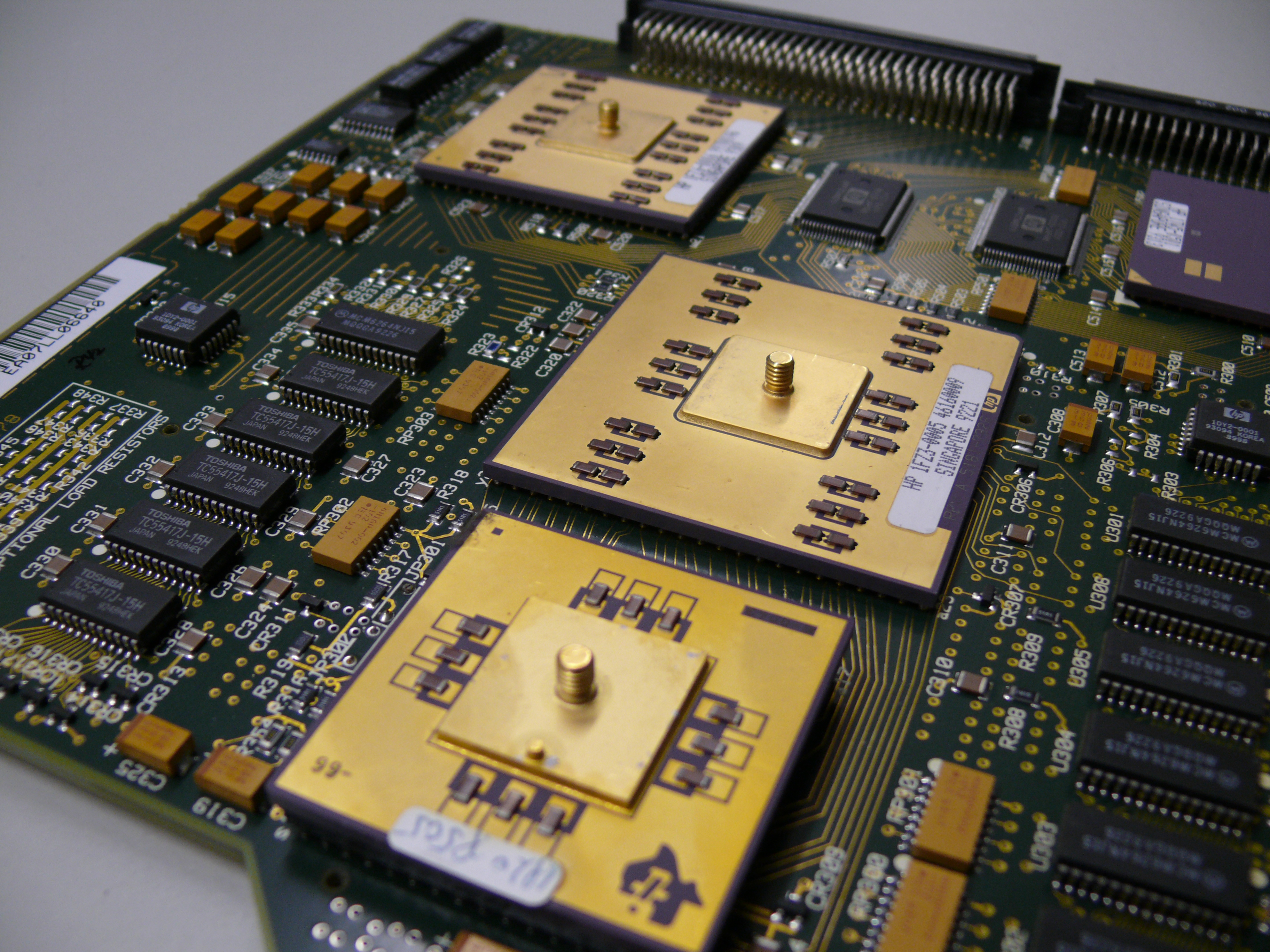What Are Computer Bits and How Do They Work?

Published on March 19, 2024
In the digital age, understanding the fundamental components of computer technology is more important than ever. At the core of all computer processes lie the simplest yet most crucial elements: bits. This article aims to demystify what computer bits are and elucidate how they function, providing a comprehensive overview suitable for both novices and those looking to refresh their knowledge.
Here are the facts:
- A bit is the smallest data unit in computing, holding a value of 0 or 1, indicating binary states like on/off.
- Bits use the binary system (base 2), ideal for computing due to its simple, binary nature.
- Bits are represented physically as electronic states, enabling computing processes.
- Groups of bits form larger units (bytes, kilobytes, etc.) and encode numeric data, text, and images/videos.
- Bits enable logical operations (AND, OR, NOT, XOR) for computer decision-making and program execution.
- Bits are crucial in all computing aspects, affecting device performance and efficiency.
A bit, short for binary digit, is the most basic unit of data in computing and digital communications. It can have only one of two values, typically represented as 0 or 1. These values are not just numbers but are indicative of a binary state such as on/off, yes/no, or true/false. The concept of bits is foundational to the field of computer science, as they serve as the building blocks for all types of digital data. Whether it's the text you read on a screen, the images you view, or the videos you stream, all are ultimately encoded, processed, and stored using bits.
The Binary System: The Language of Computers
To understand how bits work, one must grasp the binary number system, which uses base 2 rather than the base 10 system we use in everyday life. In the binary system, each digit's place value doubles as you move left (1, 2, 4, 8, 16, and so on), compared to the decimal system where each place value increases tenfold (1, 10, 100, 1000, etc.). This system is ideally suited for computers because it corresponds neatly with the two-state systems that are easiest to build and manage electronically.
How Bits Work
At the hardware level, bits are represented by physical states or signals. For instance, a bit could be represented by a capacitor within a memory chip being charged or not charged, or a switch within a circuit being on or off. These physical representations allow computers to perform binary arithmetic, enabling them to execute complex instructions and processes by manipulating vast arrays of bits in their memory.
Data Representation and Manipulation
Bits are rarely used in isolation in computing. They are grouped together to form larger units of data, such as bytes (8 bits), kilobytes (KB, 1024 bytes), megabytes (MB, 1024 KB), and so on, up to terabytes (TB) and beyond. These groups of bits can represent various types of data:
- Numeric Data: Binary numbers are direct representations of numeric values, and computers can perform arithmetic operations using binary arithmetic.
- Text Data: Characters, letters, and symbols are encoded using standardized systems such as ASCII (American Standard Code for Information Interchange) or Unicode, where each character is represented by a specific sequence of bits.
- Image and Video Data: Images and videos are encoded as a series of bits representing colors and brightness levels at various pixels or points in the image or frame.
Logical Operations
Bits are also the basis for logical operations in computing, which are essential for decision-making processes. Operations such as AND, OR, NOT, XOR (exclusive or), and others allow computers to compare bits and determine outcomes based on binary conditions. These logical operations are fundamental to the execution of computer programs, enabling conditional processing, loops, and decision trees.
The Role of Bits in Modern Computing
The ubiquity of bits in computing cannot be overstated. They are involved in every process, from the basic operation of microprocessors to data storage, networking, and beyond. The efficiency of how bits are used and manipulated determines the speed, capacity, and power consumption of computing devices. Advances in technology continually push the limits of how we can store and process bits, leading to more powerful and efficient computing systems.
Challenges and Innovations
The relentless pursuit of miniaturization and efficiency in computing leads to challenges such as quantum tunneling, where electrons can unpredictably pass through barriers as components get smaller, affecting the reliability of bit-based operations. Innovations such as quantum computing, which uses qubits that can represent multiple states simultaneously, promise to revolutionize how we think about and use bits in computing.
The Takeaway
Bits are the fundamental building blocks of the digital world, serving as the backbone of all computer operations and data representation. Understanding bits and how they work provides insight into the inner workings of digital devices and the principles of computing at large. As technology advances, the manipulation and understanding of bits continue to play a crucial role in the development of new computing paradigms, including quantum computing, which could redefine the limits of computational power and efficiency. Despite their simplicity, bits are at the heart of the complex and ever-evolving field of computer science, enabling the digital age in which we live.
Category: Technology